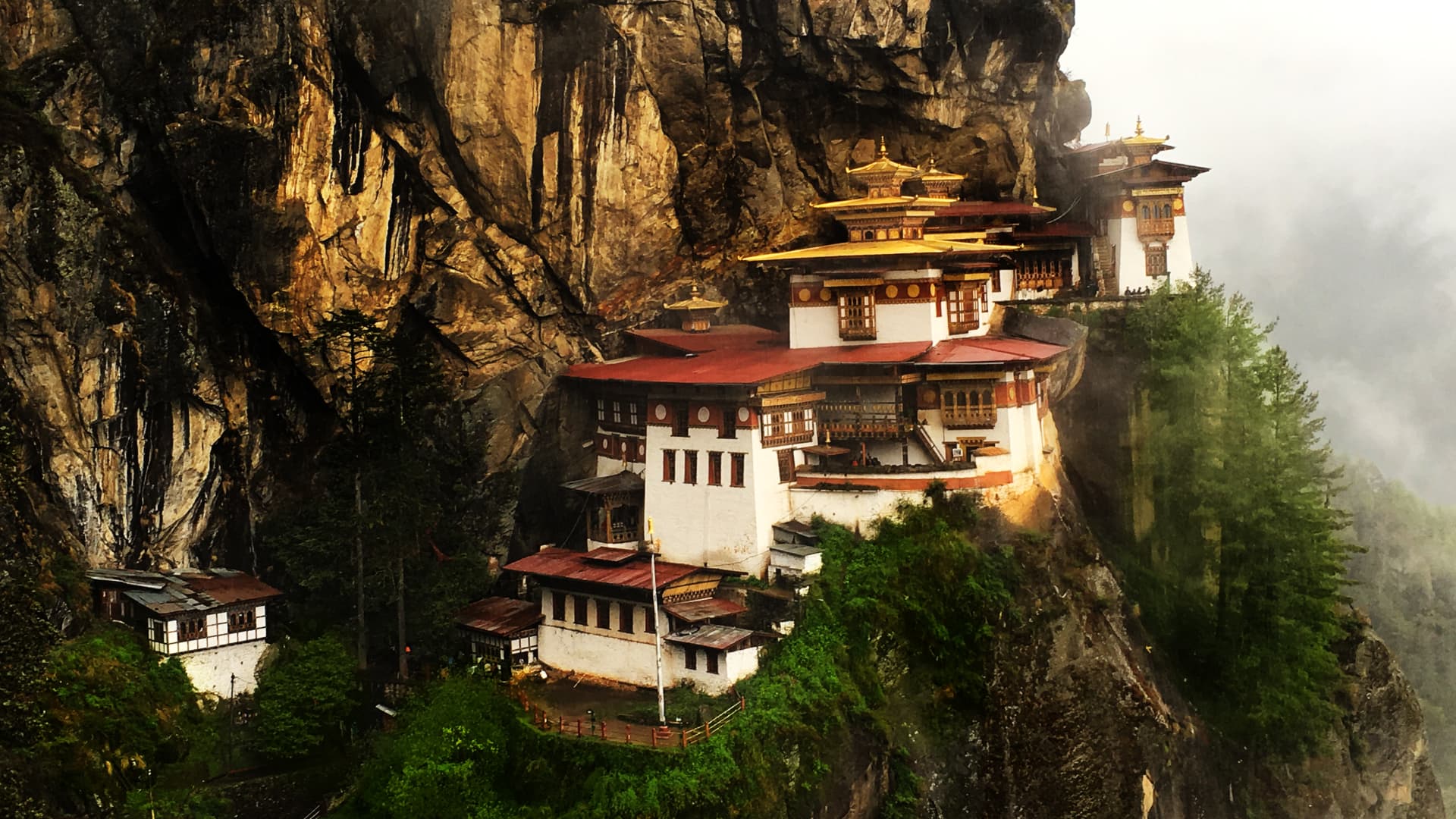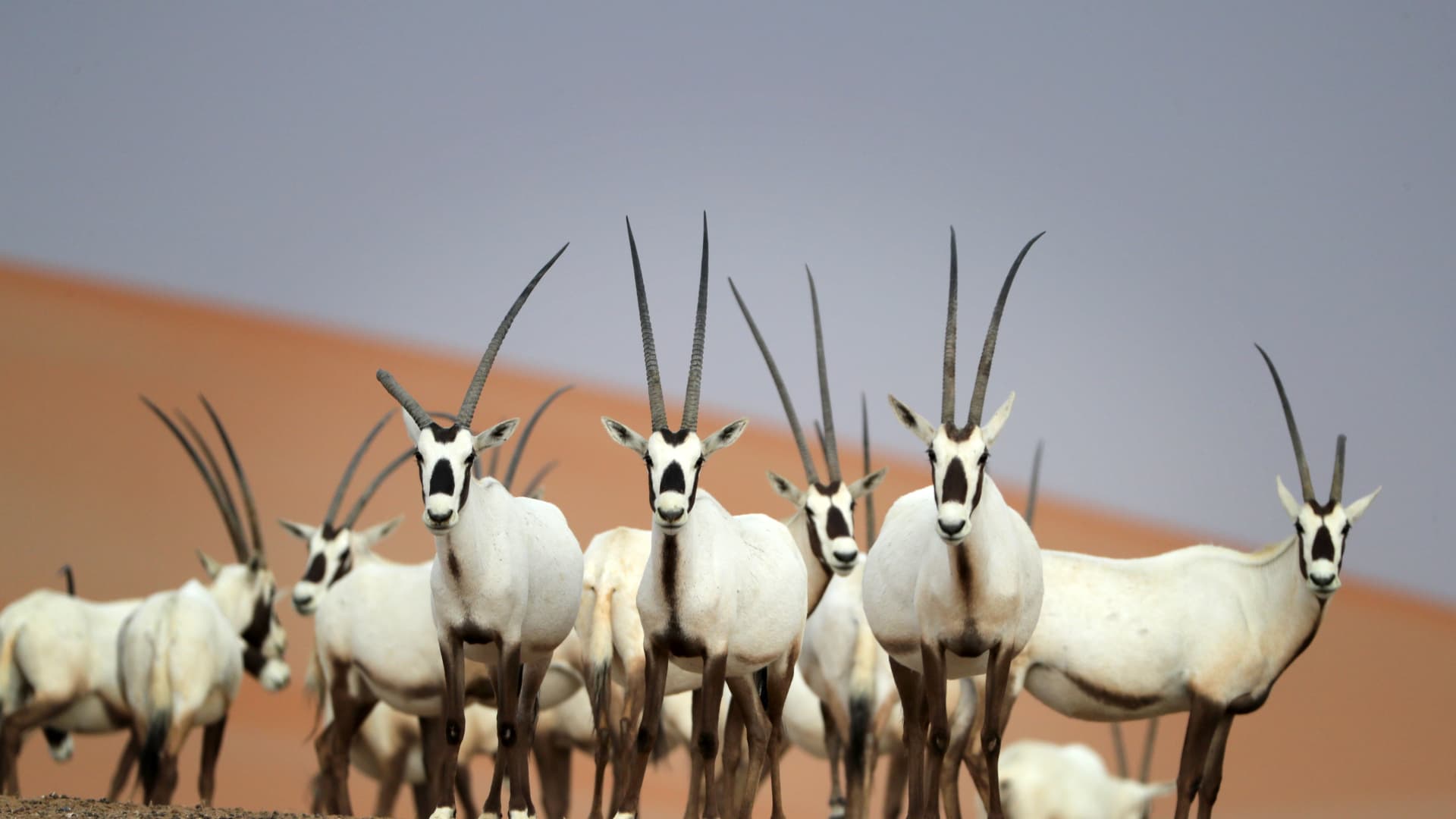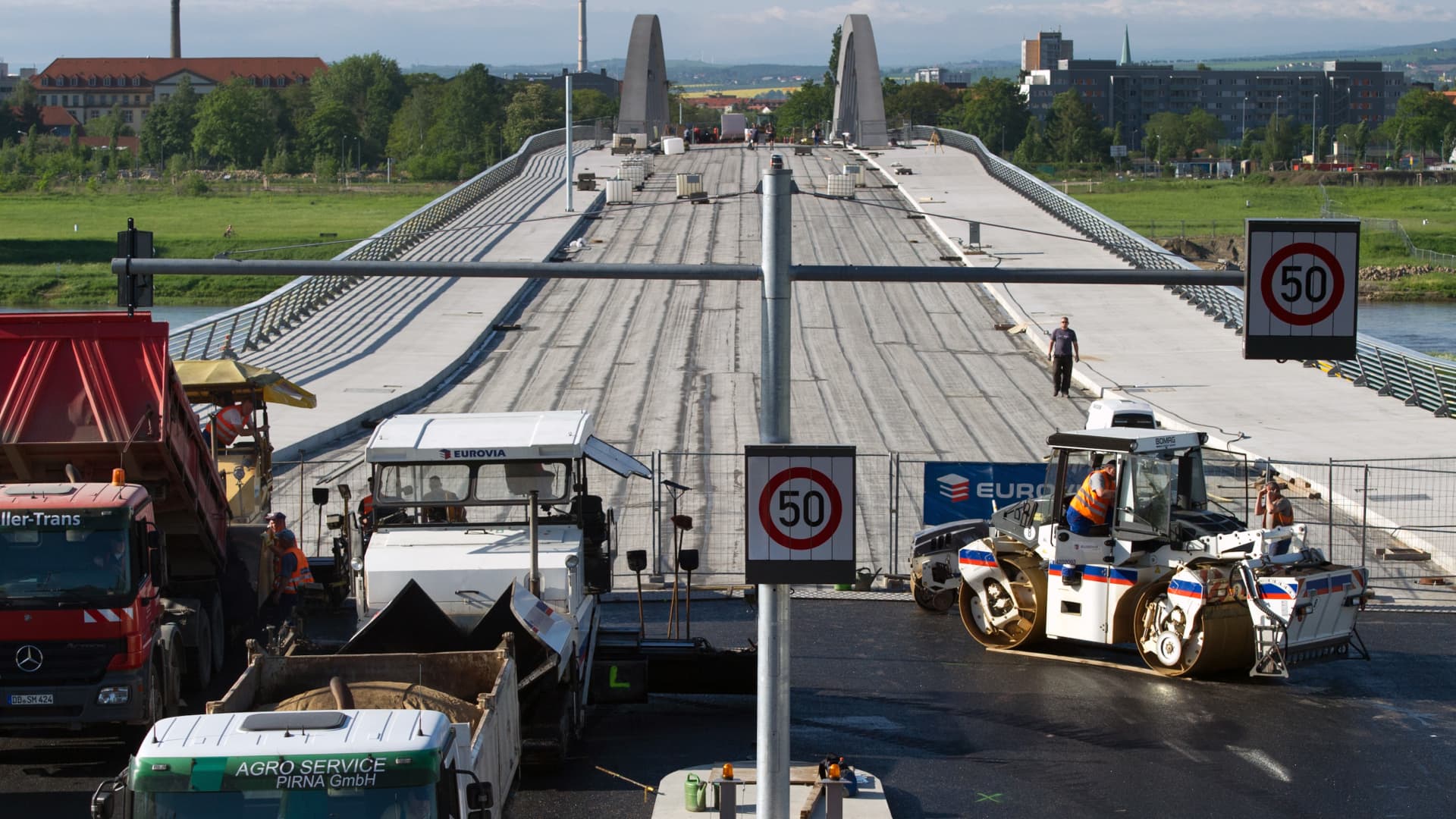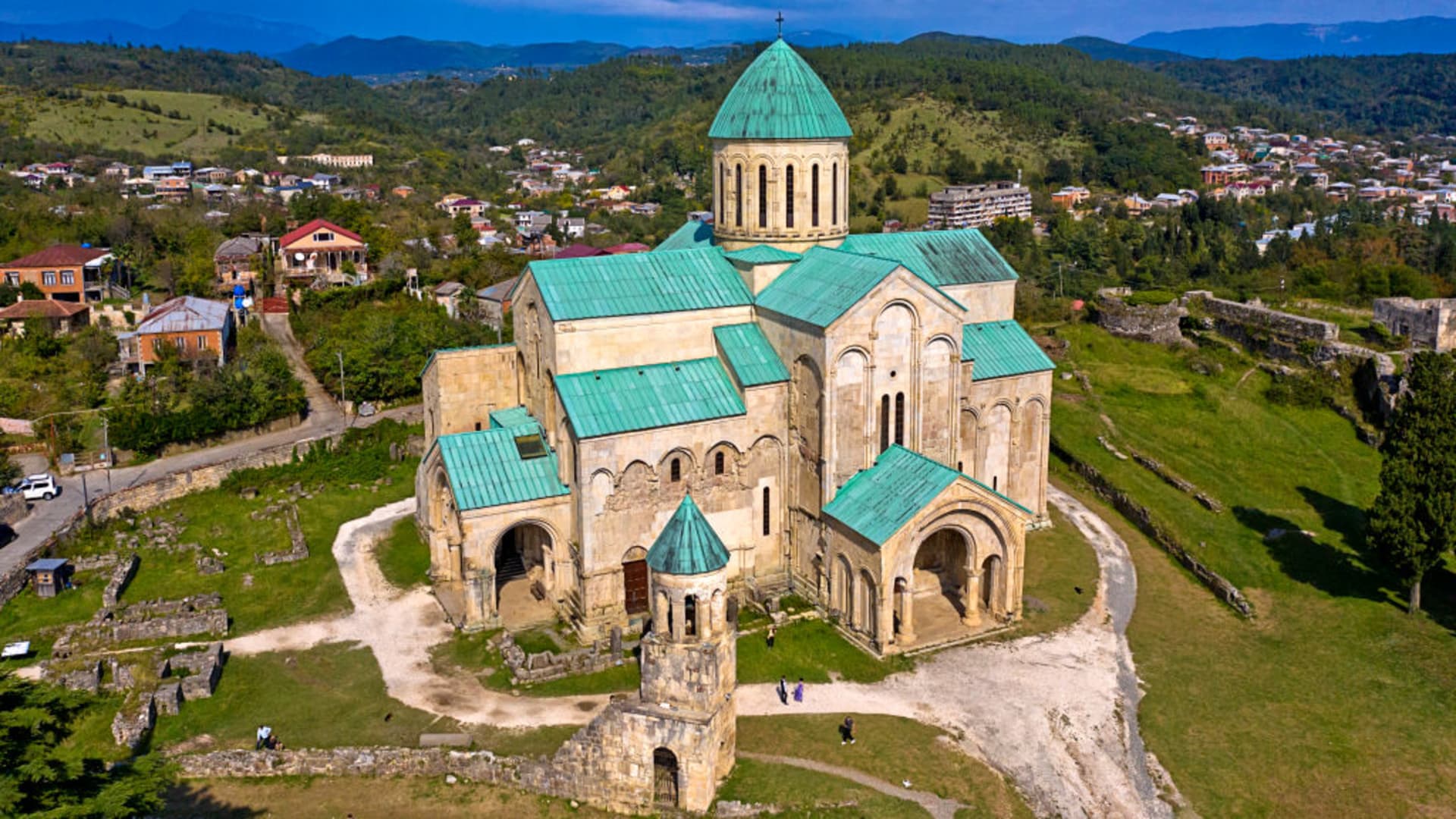
Being named to UNESCO’s World Heritage List often brings worldwide acclaim, tourist revenue and access to international funding and expertise.
But there are strings attached.
World Heritage sites are, in principle, inscribed “forever,” said Mechtild Rossler, director of the UNESCO World Heritage Centre, but countries have to do their part to protect and counteract threats to the sites. That includes agreeing not to materially alter sites.
Failure to comply can result in being “delisted,” a fate which has befallen only two World Heritage sites to date.
We're making it easier for you to find stories that matter with our new newsletter — The 4Front. Sign up here and get news that is important for you to your inbox.
Being named to the World Heritage List
The process to be inscribed on the World Heritage List takes years, said Rossler, adding that several sites waited some 25 years to be named to the prestigious list.
Only countries that ratify the World Heritage Convention (adopted by UNESCO in 1972) are eligible to have sites within their territories named to the list. Called "State Parties," there are currently 194 around the globe.

Sites must be included on a "tentative list" before they can be formally nominated. The World Heritage Committee, comprising representatives from 21 State Parties, meets once a year to decide which nominated sites will be inscribed on the World Heritage List.
To be accepted, sites must be of “outstanding universal value” and meet at least one of 10 criteria, such as being “a masterpiece of human creative genius” or “areas of exceptional natural beauty.”

There are currently 1,121 sites on the World Heritage List, of which 869 are cultural, 213 are natural and 39 are mixed.
Money Report
First, a warning
When sites run afoul of UNESCO’s protocols, countries are sent a warning letter.
That's what happened to Peru, which has received multiple warnings over threats from overtourism, landslides and flooding at Machu Picchu.
Warnings were also sent to Saint Petersburg in Russia, which resulted in the construction of the Gazprom Tower being moved 9 kilometers (5.5 miles) from the city center, said Rossler.
Rossler said she received 30,000 hardcopy letters — so many “I could not even enter my office” — asking for help to protect Mexico’s Whale Sanctuary of El Vizcaino from plans to build a massive salt plant in the vicinity.
It is "one of the biggest whale sanctuaries, of the gray whale, we have on Earth,” said Rossler, who described leading a mission to the site. “Half a year later, the Mexican president — imagine, the president — decided to stop it. It was a great celebration of course; we were jumping up and down.”
Being added to the ‘Danger List’
Many sites comply at the warning stage, said Rossler, but not all.
At that point, UNESCO arranges a site mission and presents its findings to the World Heritage Committee, which makes the decision to place a site on UNESCO’s “List of World Heritage in Danger” — often referred to simply as the "Danger List."

Currently, there are 53 World Heritage sites on the Danger List, including the historic center of Vienna and the Old City (and walls) of Jerusalem, plus every World Heritage site in Syria, Libya and the Democratic Republic of the Congo.
Pursuant to Article 11(4) of the World Heritage Convention, the list includes sites that are “threatened by serious and specific dangers” such as armed conflict, construction, natural disasters, or deterioration or abandonment of the land.
Sites can be removed from the Danger List, as happened with Bethlehem’s Church of the Nativity (believed by Christians to be the birthplace of Jesus) in 2019.
Governments often resist having sites included on the Danger List, fearing it will harm tourism, Rossler said. That's what happened in the Galapagos Islands, she said, where authorities “worked very hard” to address threats to the area. The site was removed from the Danger List in 2010.
“Another example is Kathmandu in Nepal,” which UNESCO proposed to the list after a pair of devastating earthquakes struck in 2015, she said. “They did a lot of lobbying in the World Heritage Committee not to get on the Danger List.”
Some countries mistake the list as "blackmail," according to Rossler. "They see it as a red list," she told CNBC.
But "the Danger List is actually a call for action to all of us ... it's trying to help the country," she said.
UNESCO counts Dubrovnik, Croatia, as one of its success stories. Dubrovnik was removed from the Danger List in 1998 after the walled "Old Town" section of the city was repaired from damage caused by armed conflict with Yugoslav forces in the early 1990s.
The site, however, was back in UNESCO’s crosshairs after the HBO series “Game of Thrones” caused a tourism deluge. After having its heritage status threatened, Dubrovnik capped cruise ship tourists to 5,000 a day in 2019, according to local media.

Rossler said UNESCO’s sustainable tourism program works with tour operators such as cruise ships “so that they better understand they shouldn’t come … with 4,000 passengers and all go into a small city” such as Dubrovnik or Tallinn, Estonia.
Sometimes cruise passengers “don’t even know where the hell they are,” laughed Rossler, who said she knows this from conversations she's had with tourists on the ground.
The ultimate penalty: delisting
Only two World Heritage sites have been delisted to date, a decision that Rossler describes as a failure not of the site, but of the international community.
“It’s the international community which has to take the responsibility, and we have failed twice,” she said.
1. The Arabian Oryx Sanctuary (Oman)
This animal sanctuary contained the first free-ranging herd of Arabian oryx since the animals went extinct in the wild in 1972, according to UNESCO.

The site was inscribed in 1994, and two years later was home to some 450 Arabian oryx. By the 2000s, only 65 — and four breeding pairs — were left due to poaching and habitat loss.
Oman wanted to pursue oil and gas exploration, said Rossler, and when it significantly reduced the size of the sanctuary, the World Heritage Committee delisted it in 2007.
2. The Dresden Elbe Valley (Germany)
This 11-mile stretch of landscape became a World Heritage site in 2004 due to the area’s blend of Baroque architecture with relics from the Industrial Revolution, notably the 19th-century Blue Wonder steel bridge.
Yet, it was another bridge that resulted in the site’s undoing.

“The city, not the country … decided to build a four-lane bridge in the middle of the site,” Rossler told CNBC. “The World Heritage Committee said ‘no’ and … they went ahead, against the will of the central government.”
The World Heritage Committee delisted the site in 2009 after the construction of the Waldschlosschen Bridge was well underway.
“The international community was not able to save the site, and we don’t want to see that anymore,” said Rossler, calling the case “one of the most difficult in my whole career because it was in my own country of Germany.”
One partial delisting
Another World Heritage site, Georgia’s Bagrati Cathedral and Gelati Monastery, was partially delisted.
Inscribed in 1994, both buildings — located 6 miles apart in Kutaisi, Georgia — were placed on the Danger List in 2010 after the Committee objected to reconstruction work at Bagrati Cathedral that it said would “undermine the integrity and authenticity of the site,” according to UNESCO’s website.

The Gelati Monastery was removed from the Danger List in 2017, but with the boundaries of the World Heritage site redrawn to exclude the Bagrati Cathedral.
Could another site be delisted soon?
“It could happen for Liverpool,” said Rossler.
Liverpool Maritime Mercantile City is currently on the Danger List due to the construction of a mixed-use development called Liverpool Waters at the city’s historic northern docks.
The British city has been sent multiple warnings over the plans.
Still, “it [will] be a difficult choice to make for the Committee," she said.






